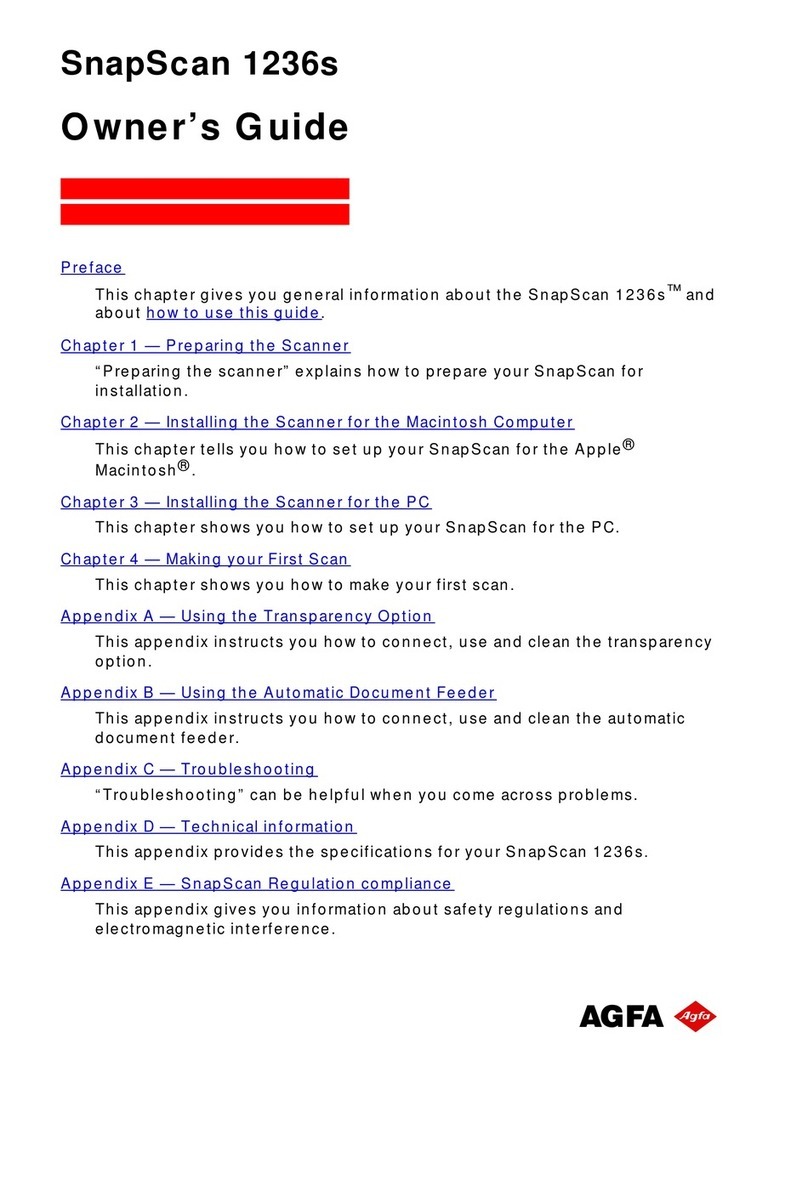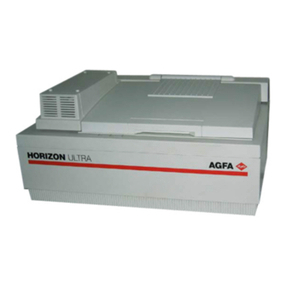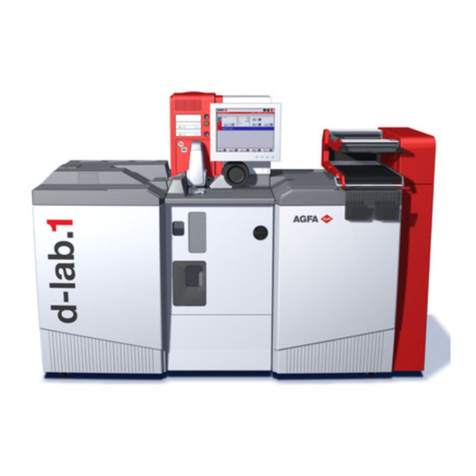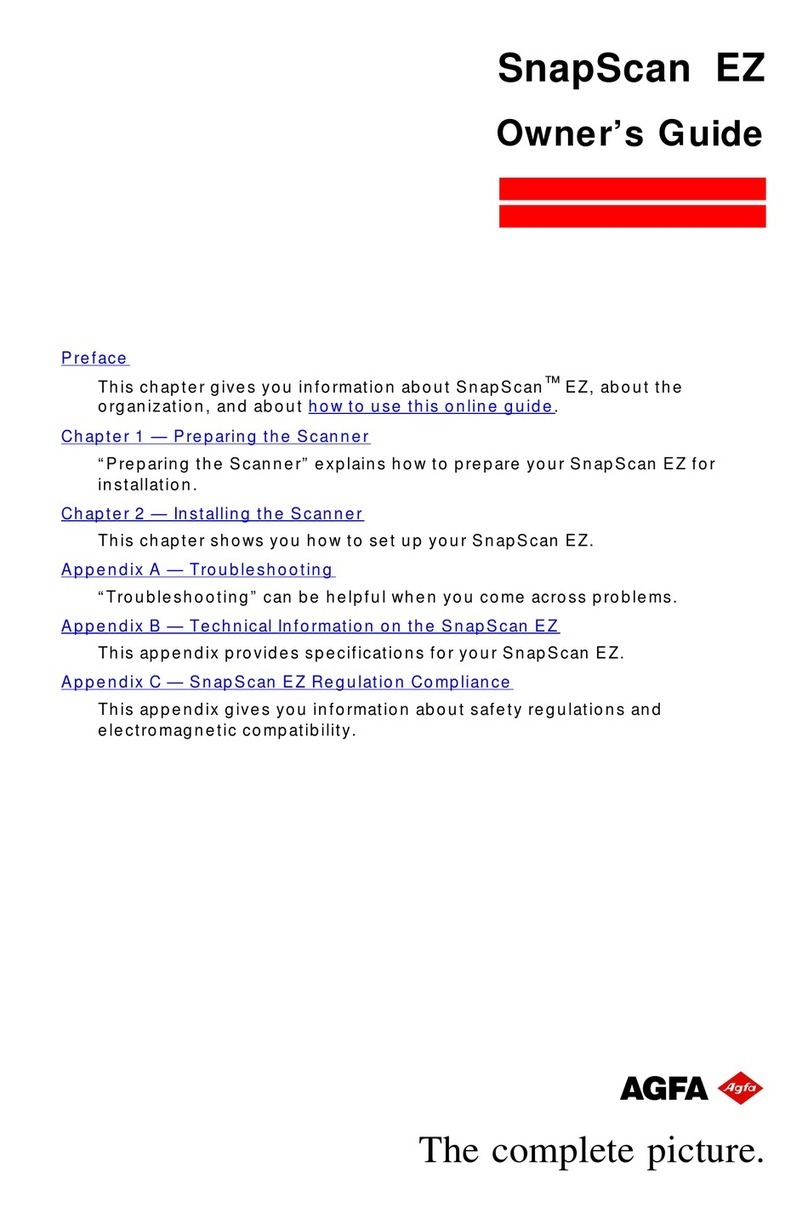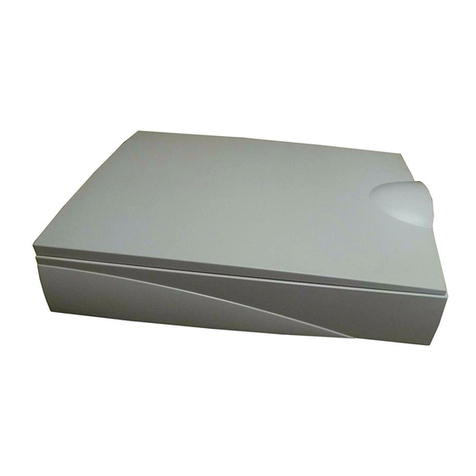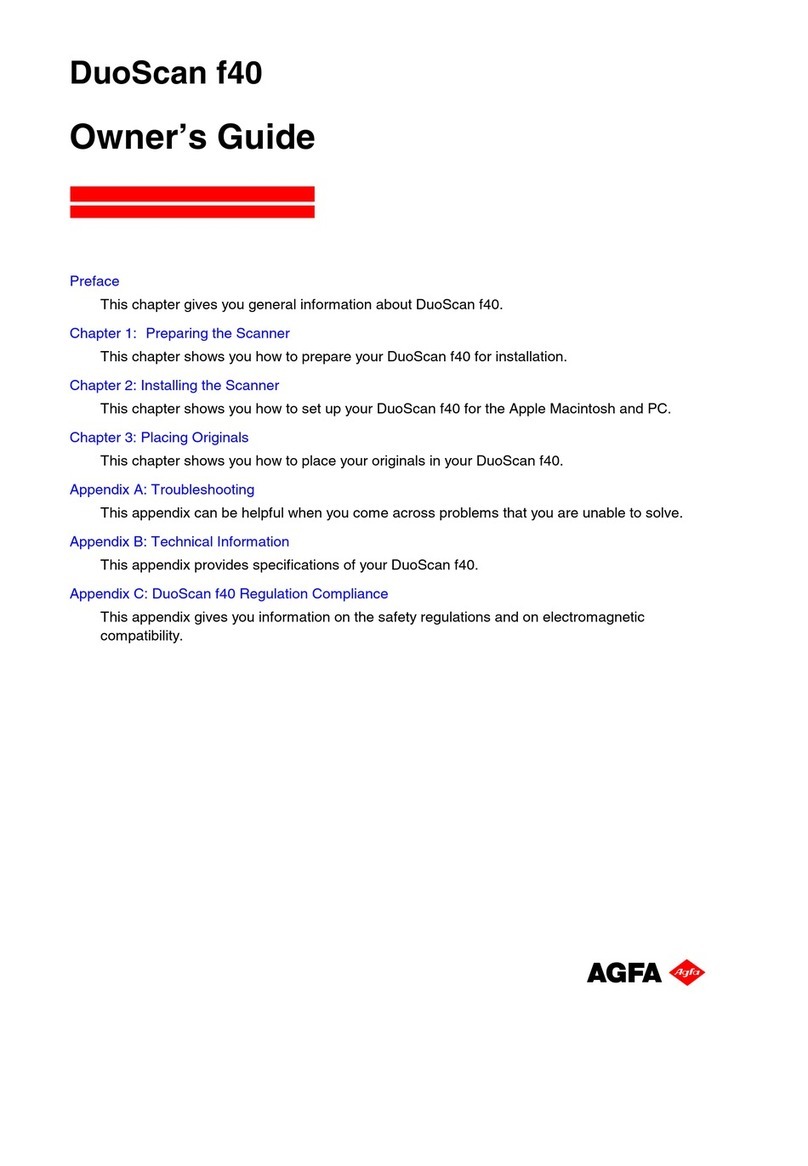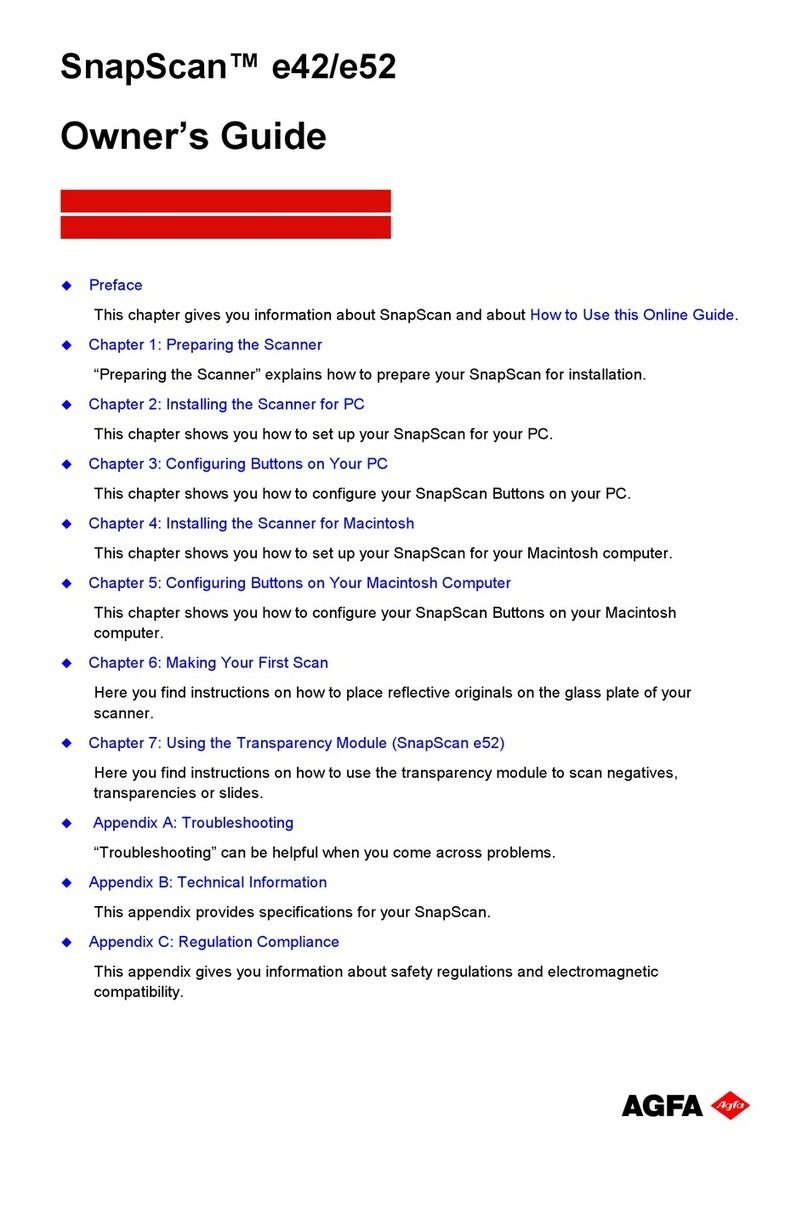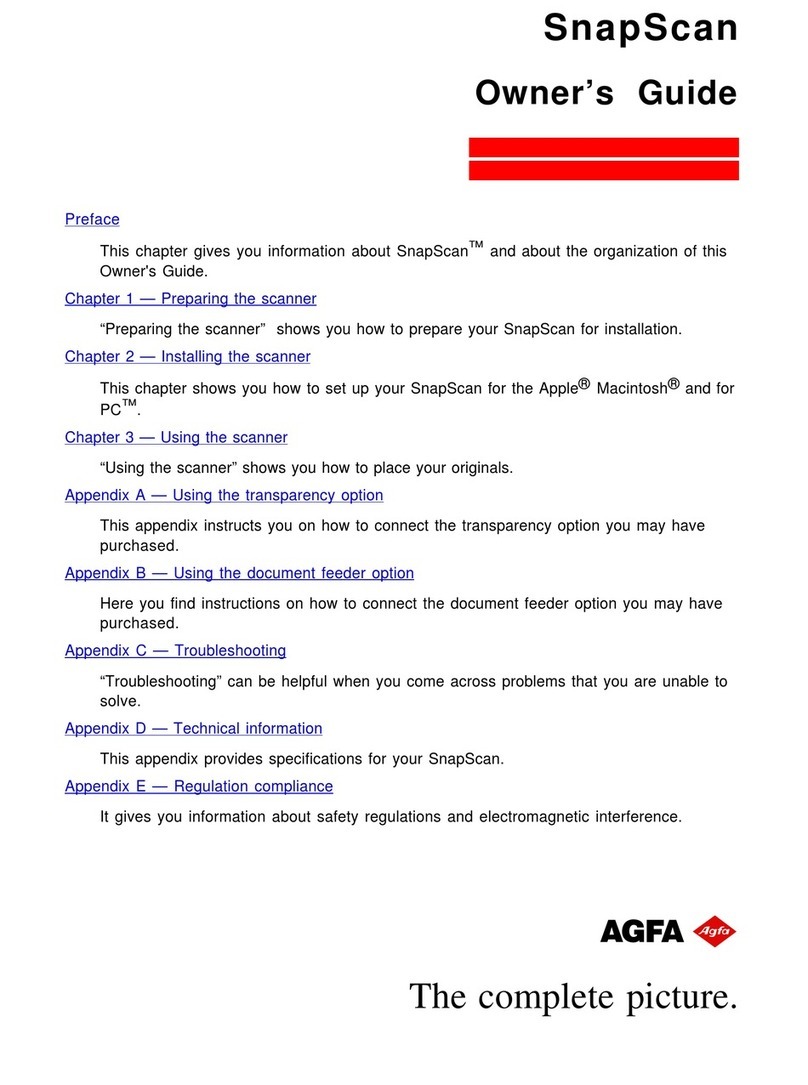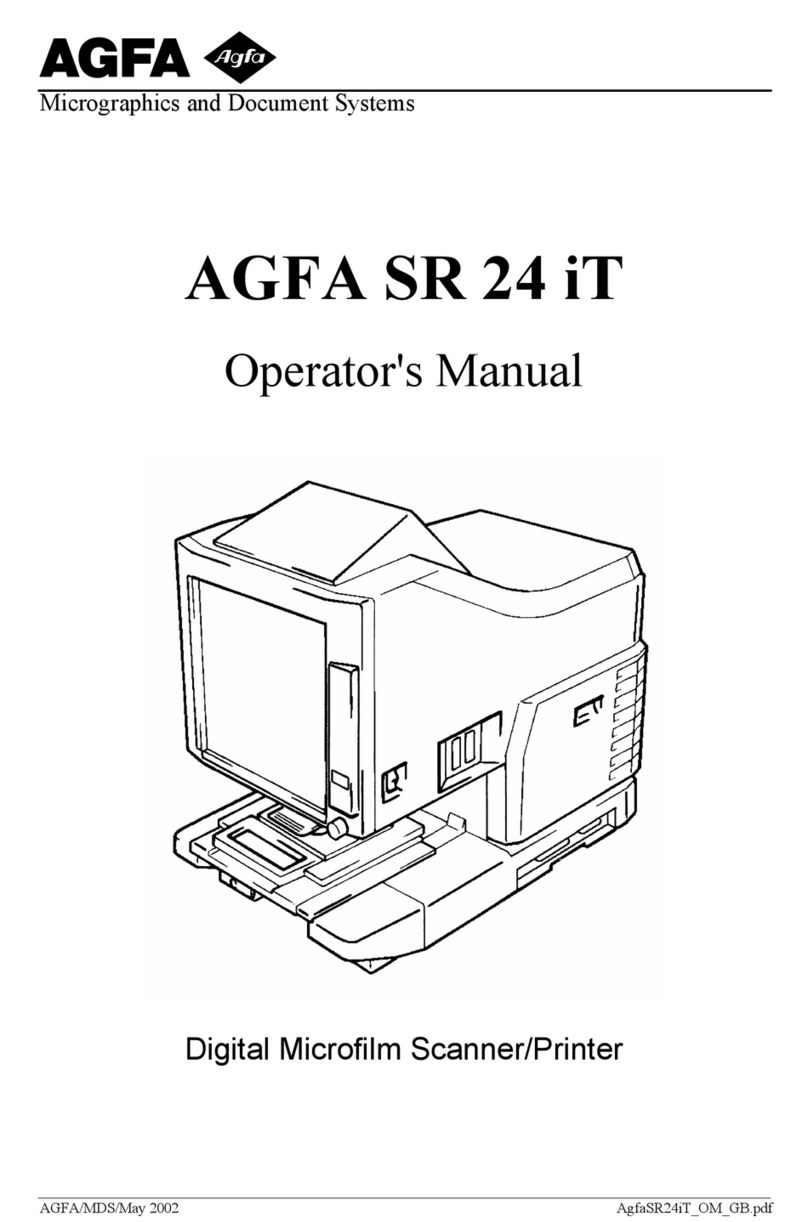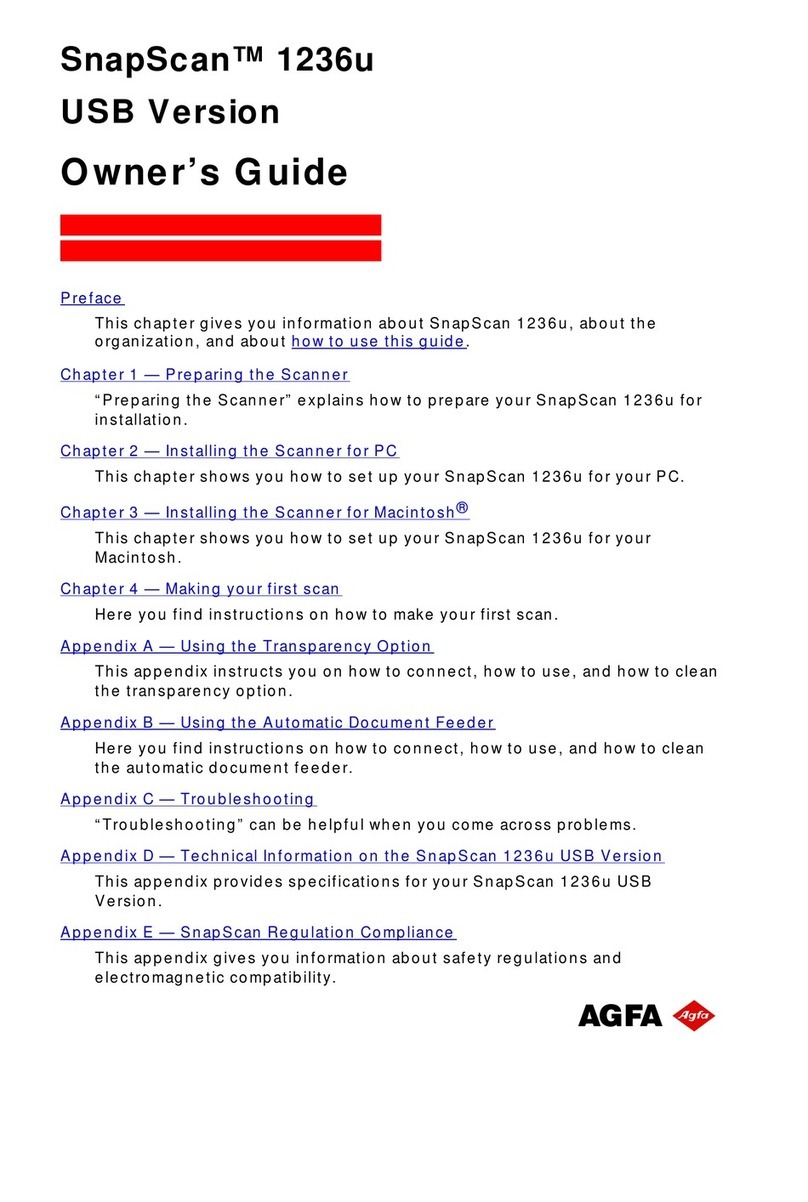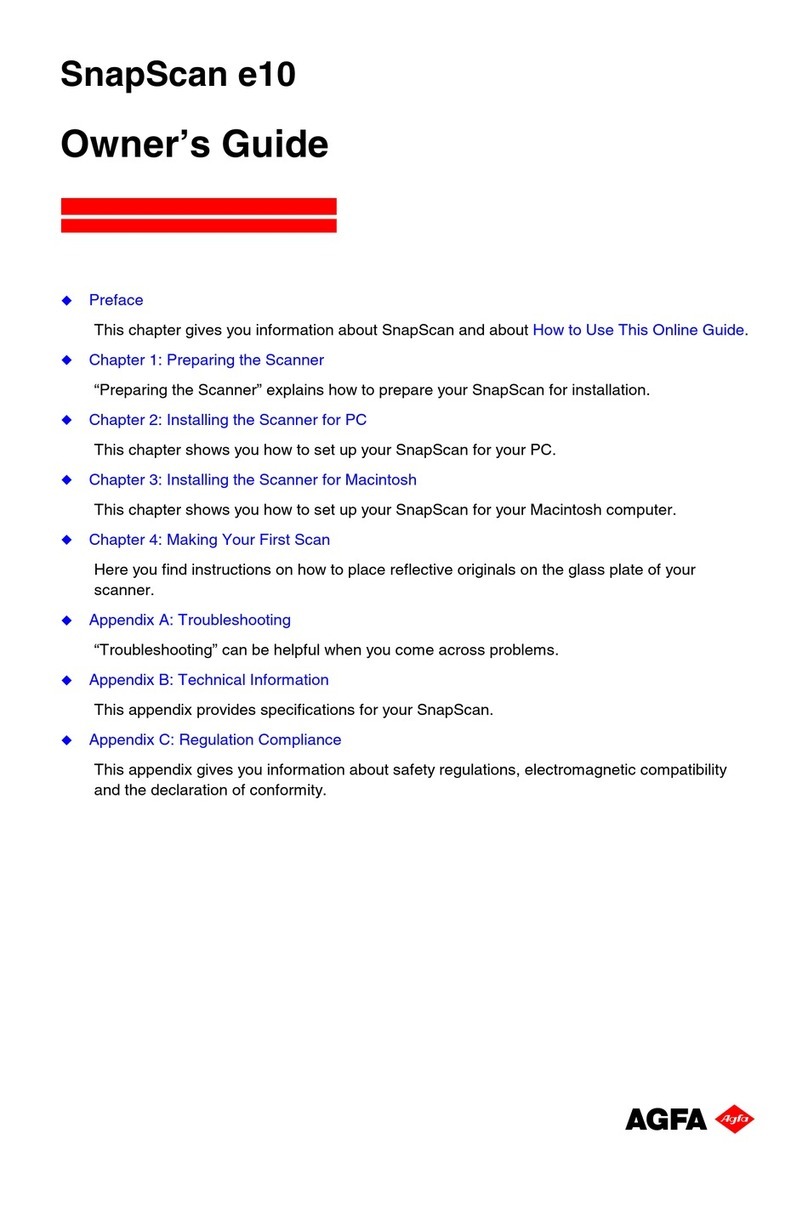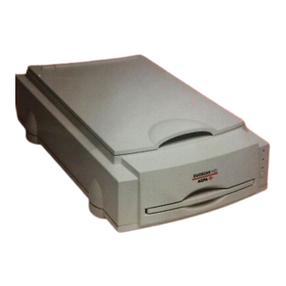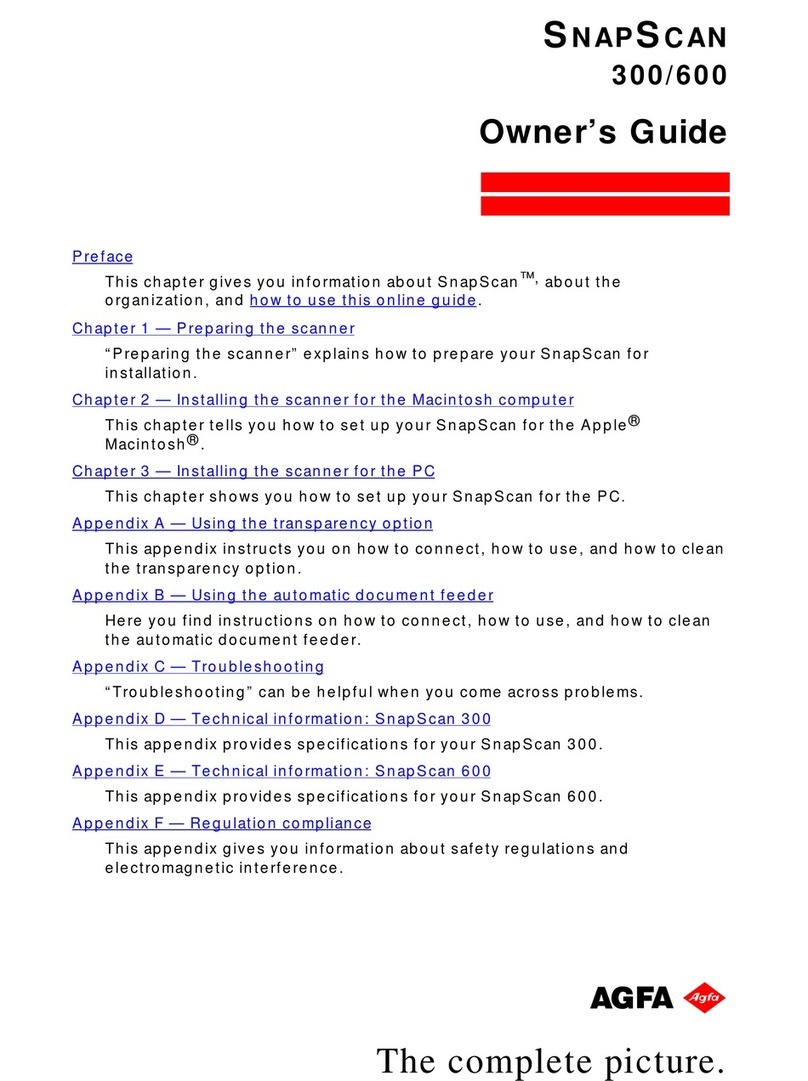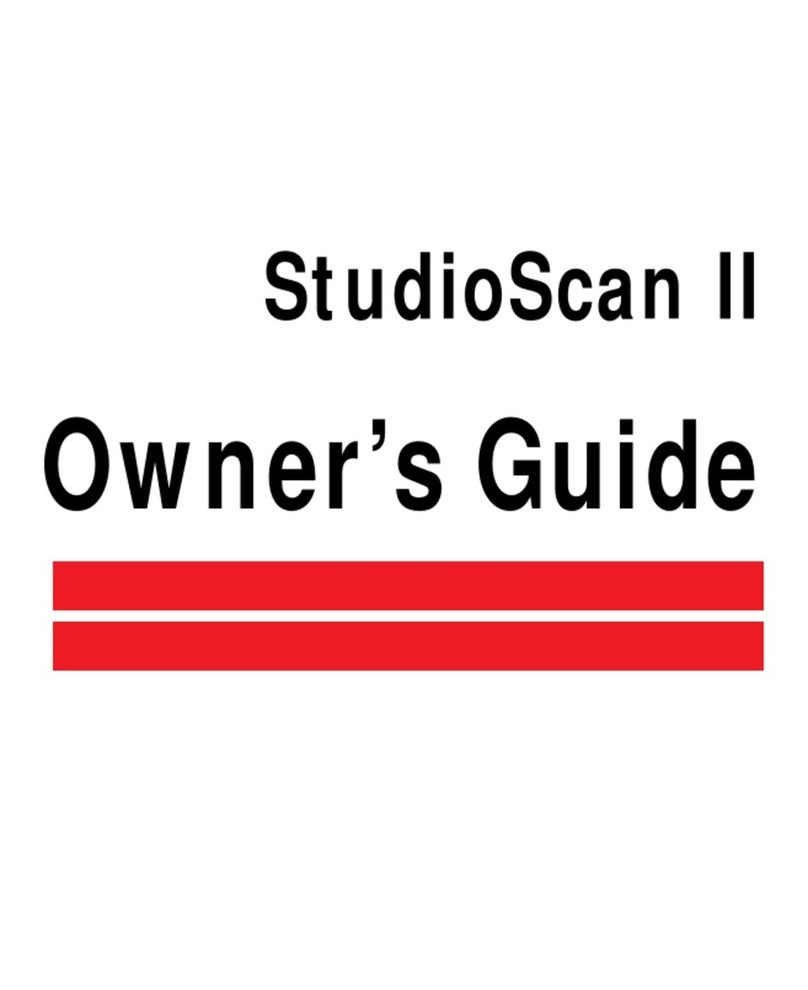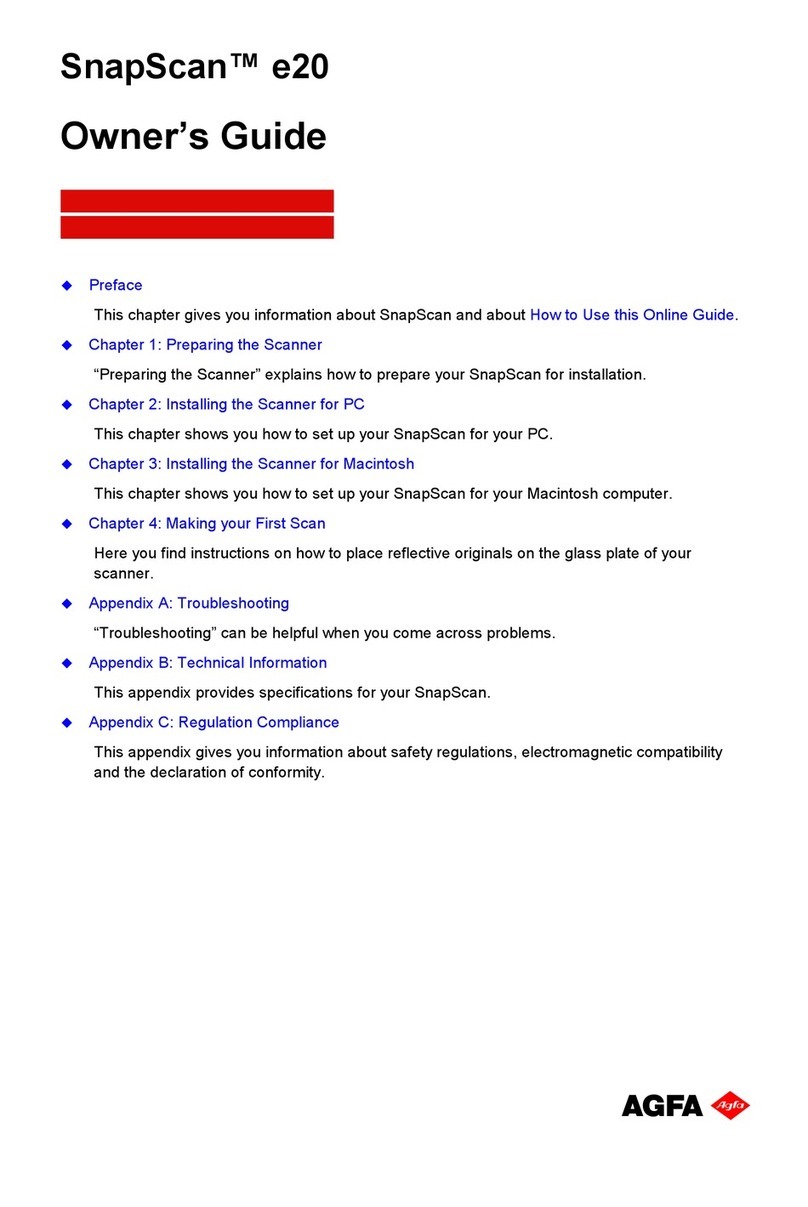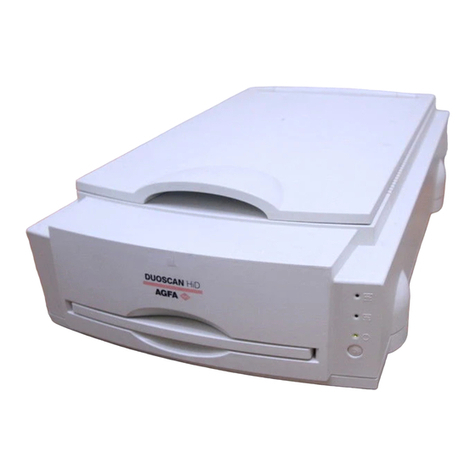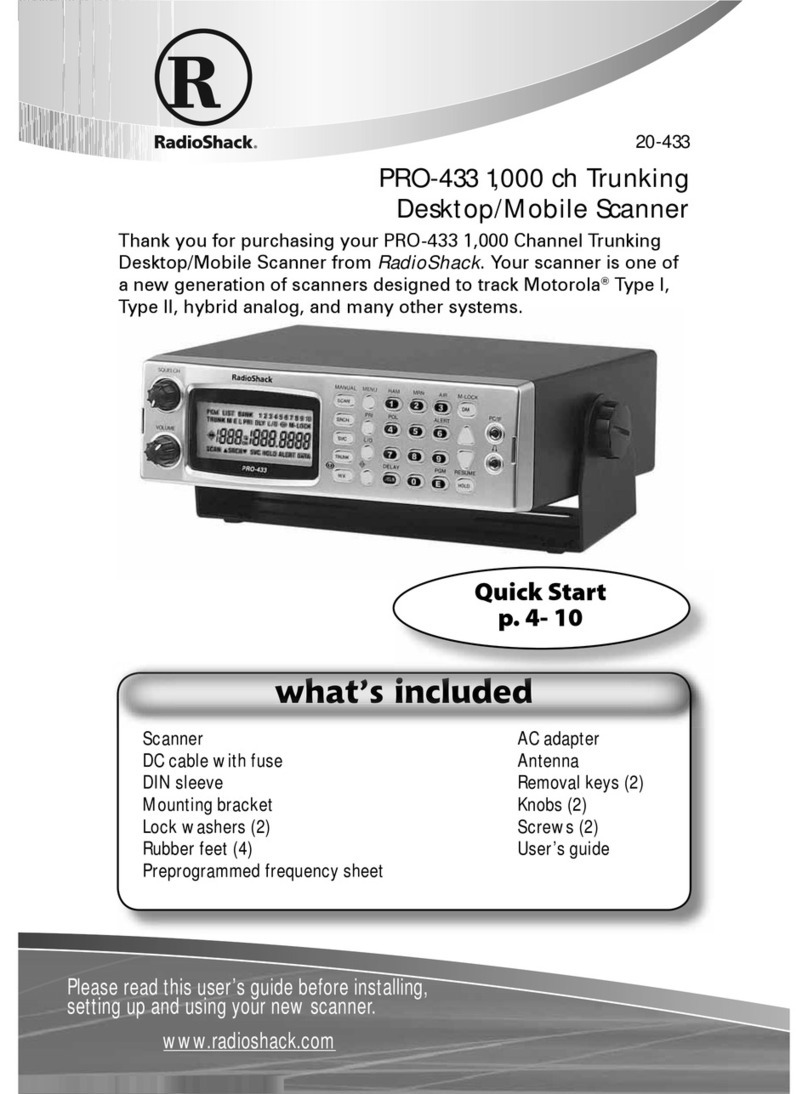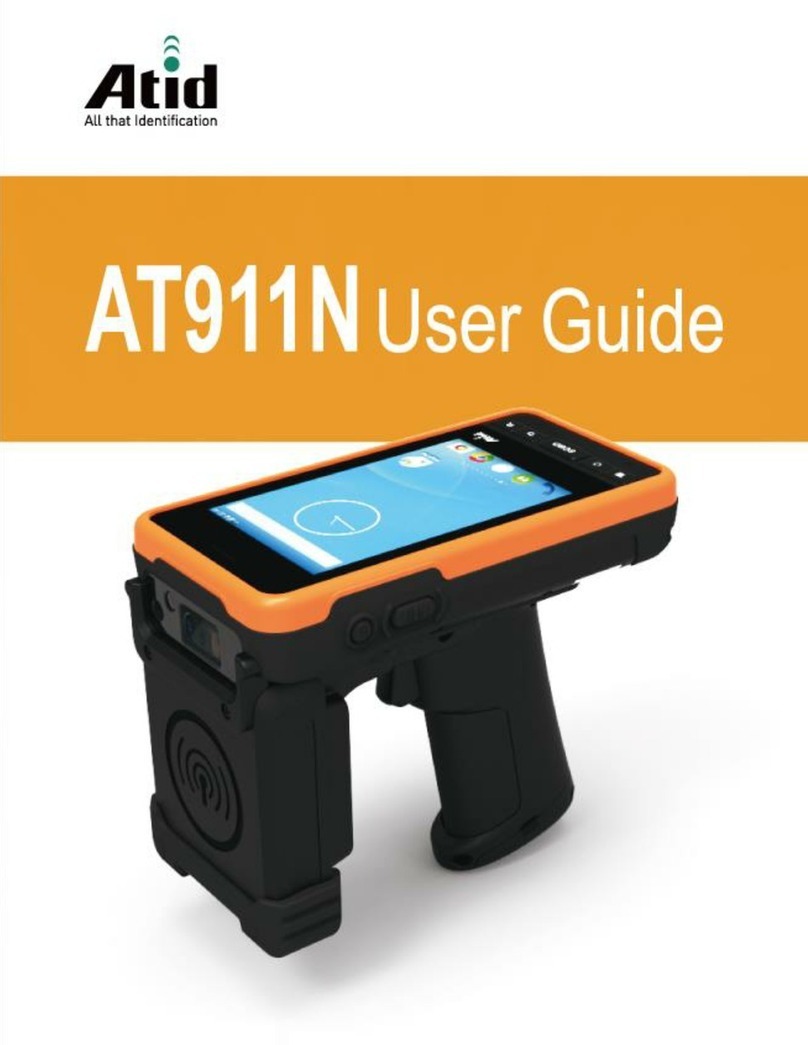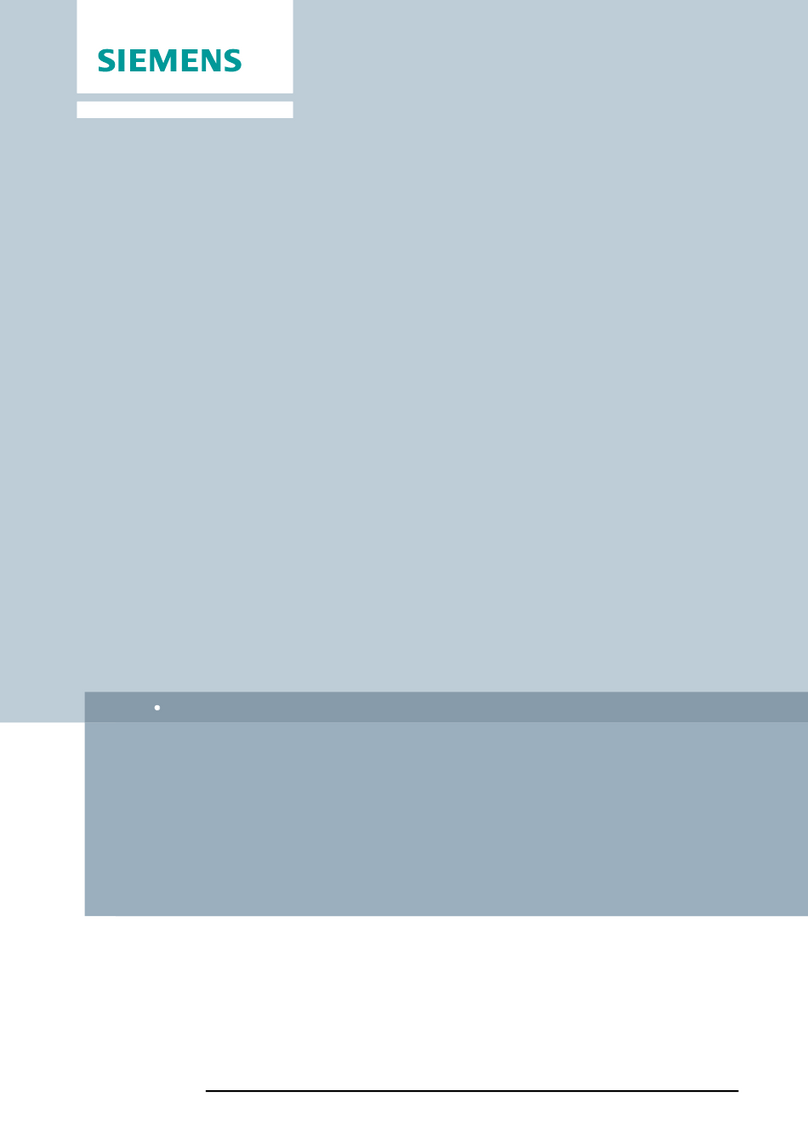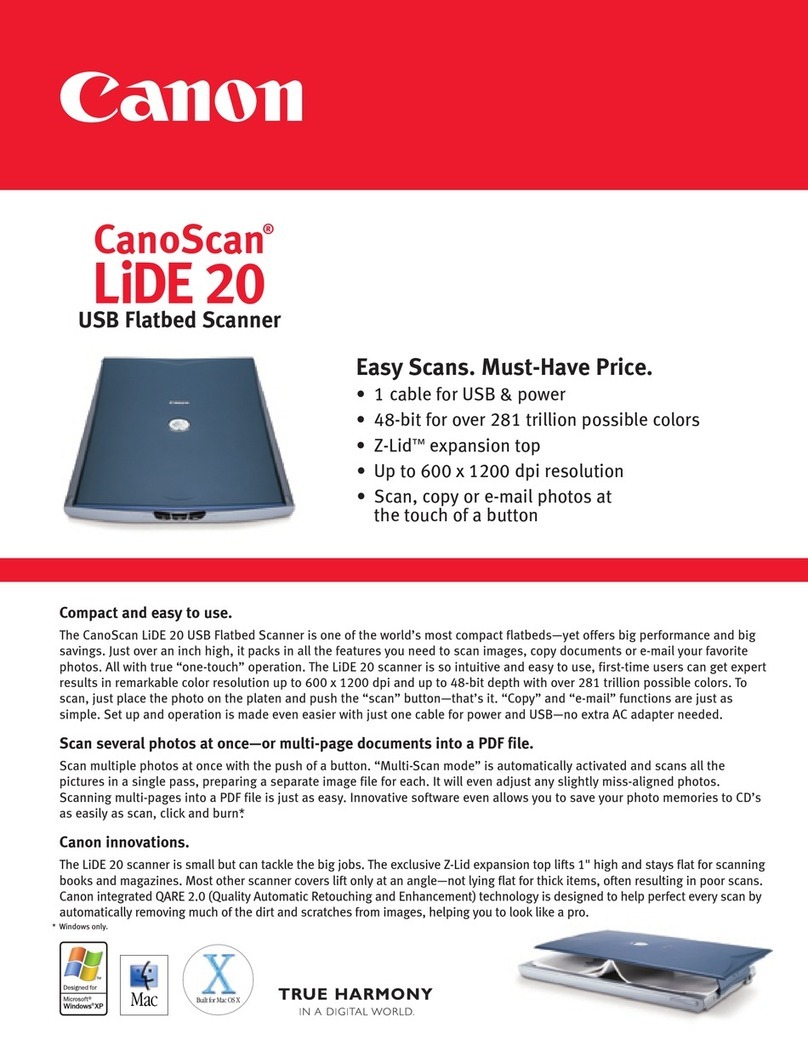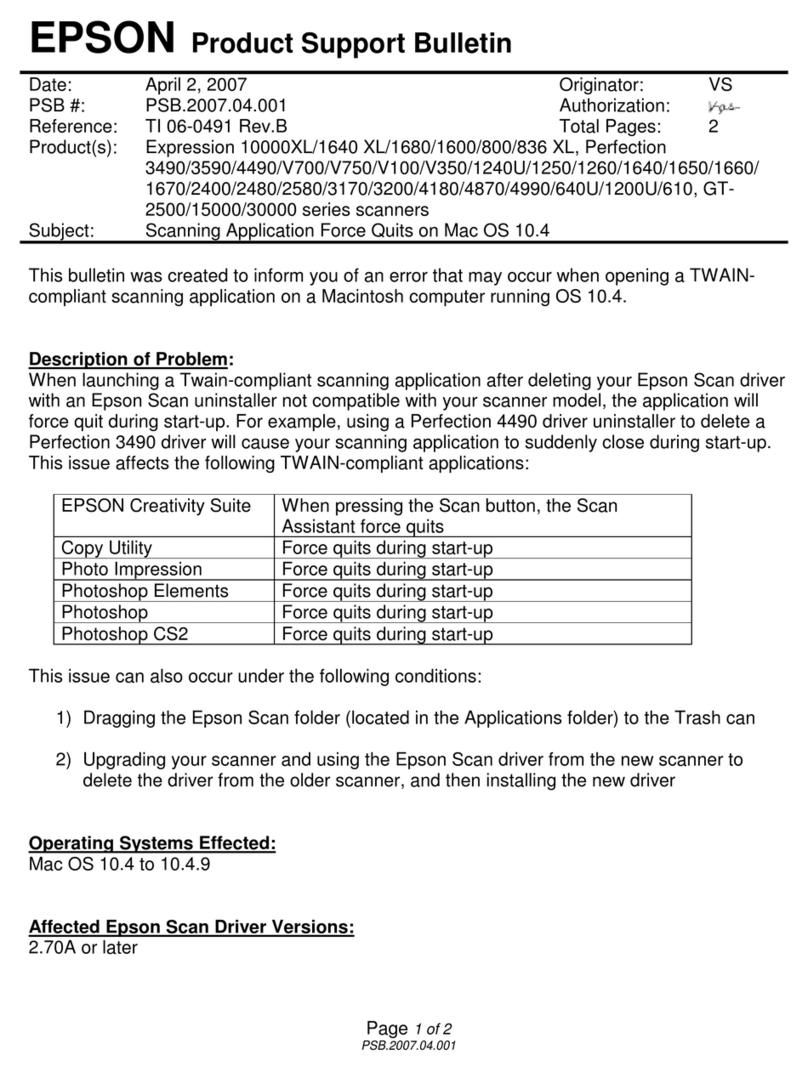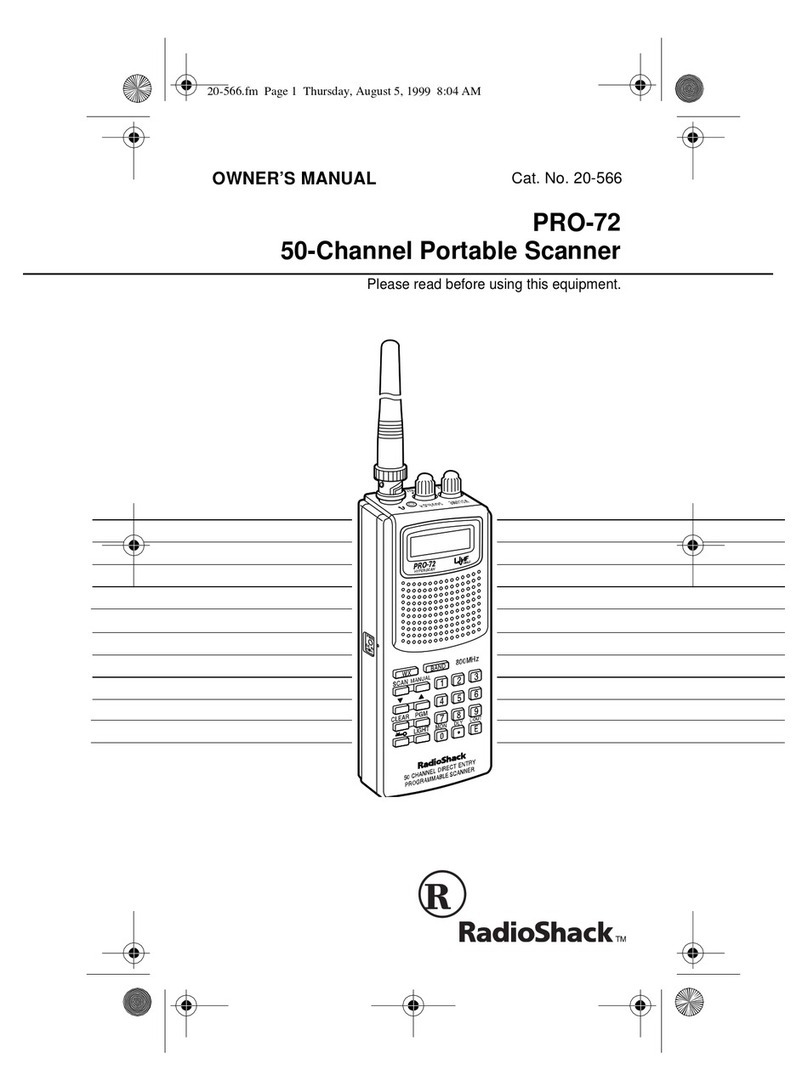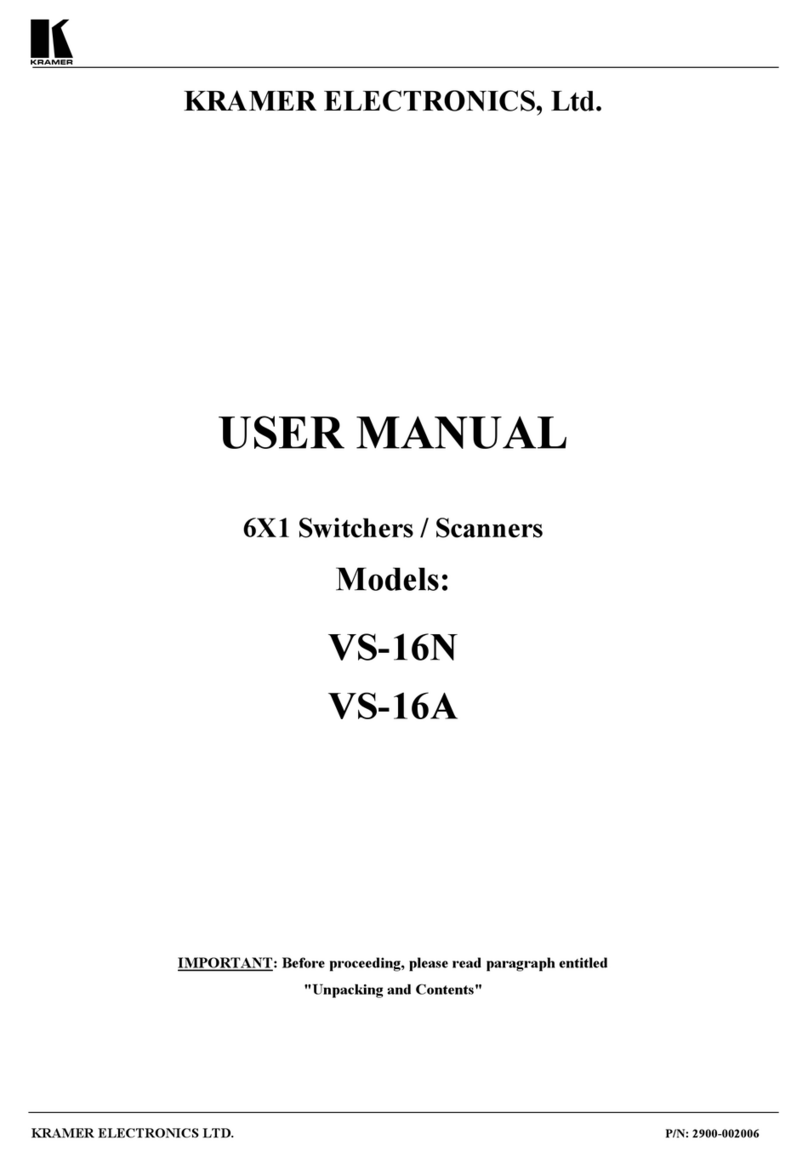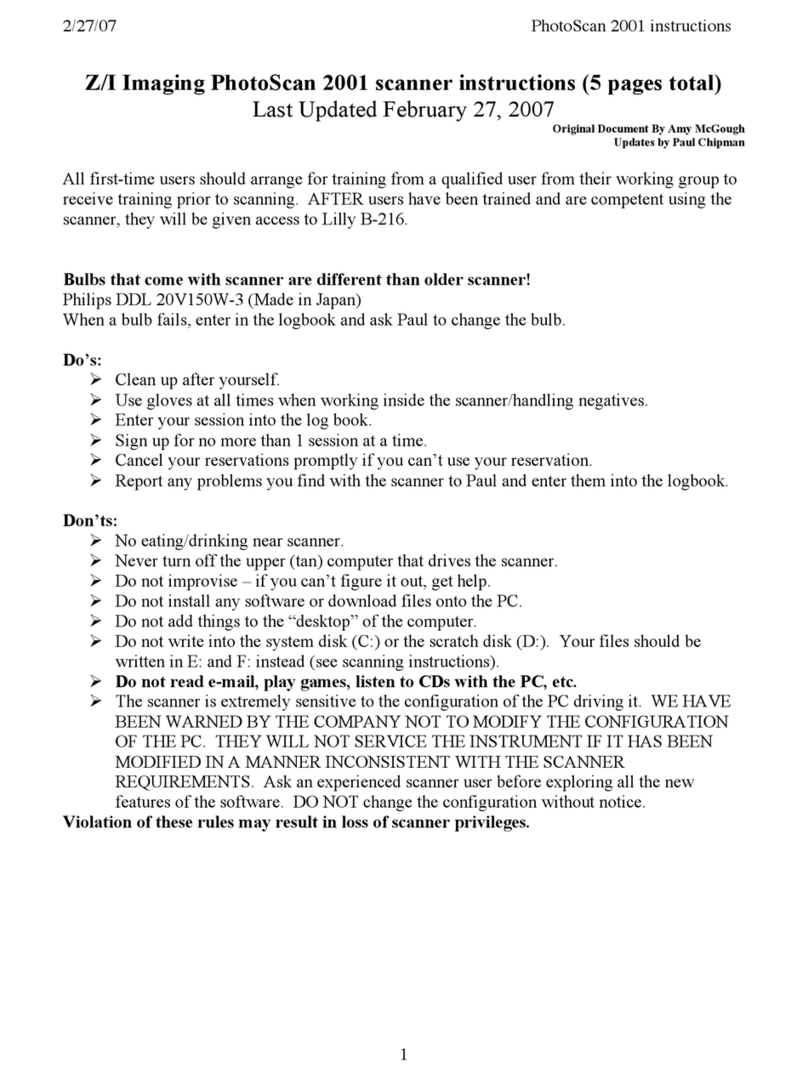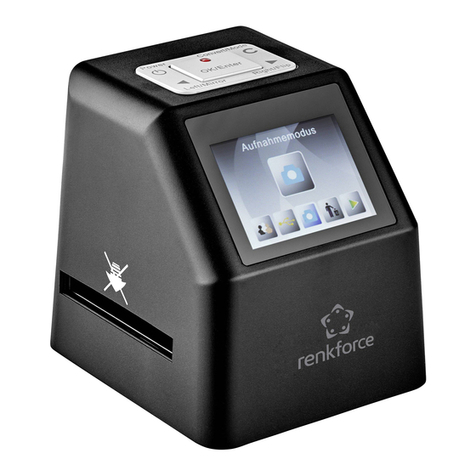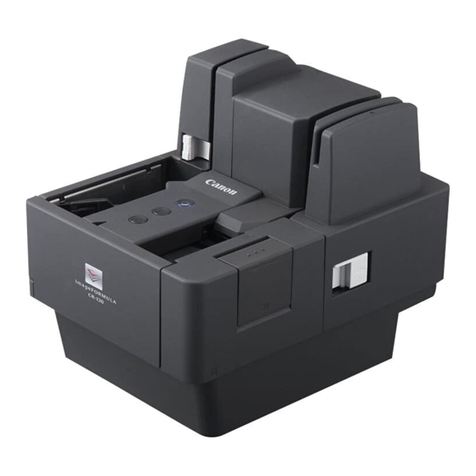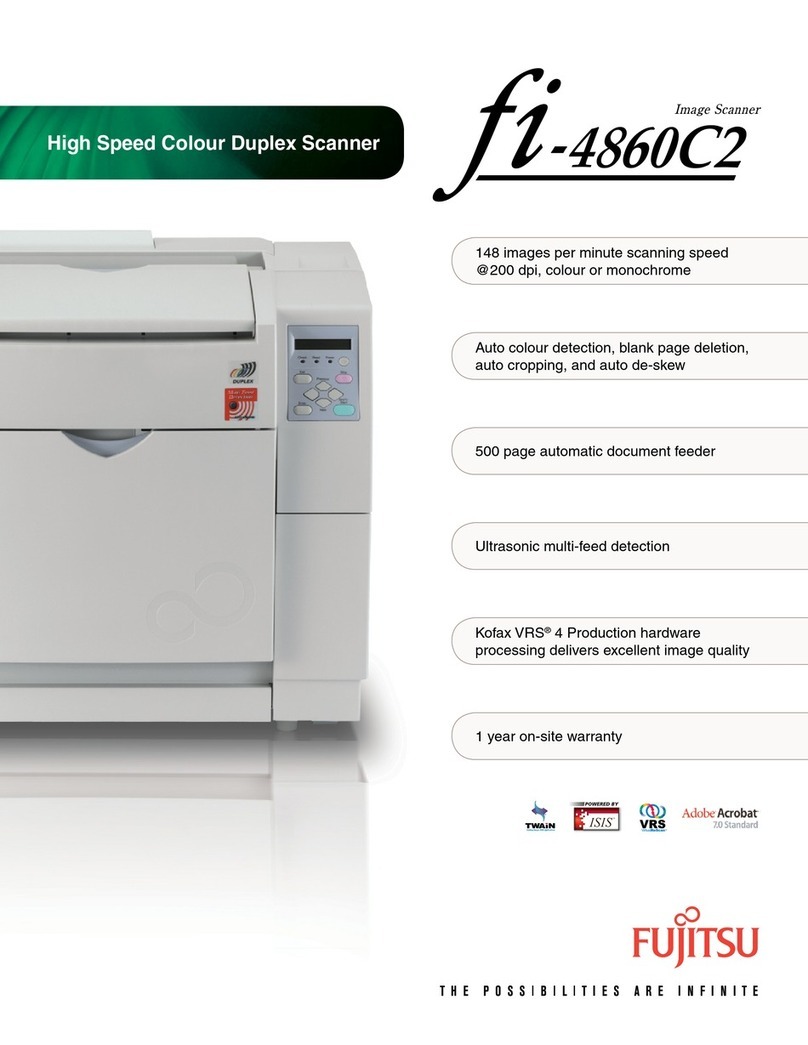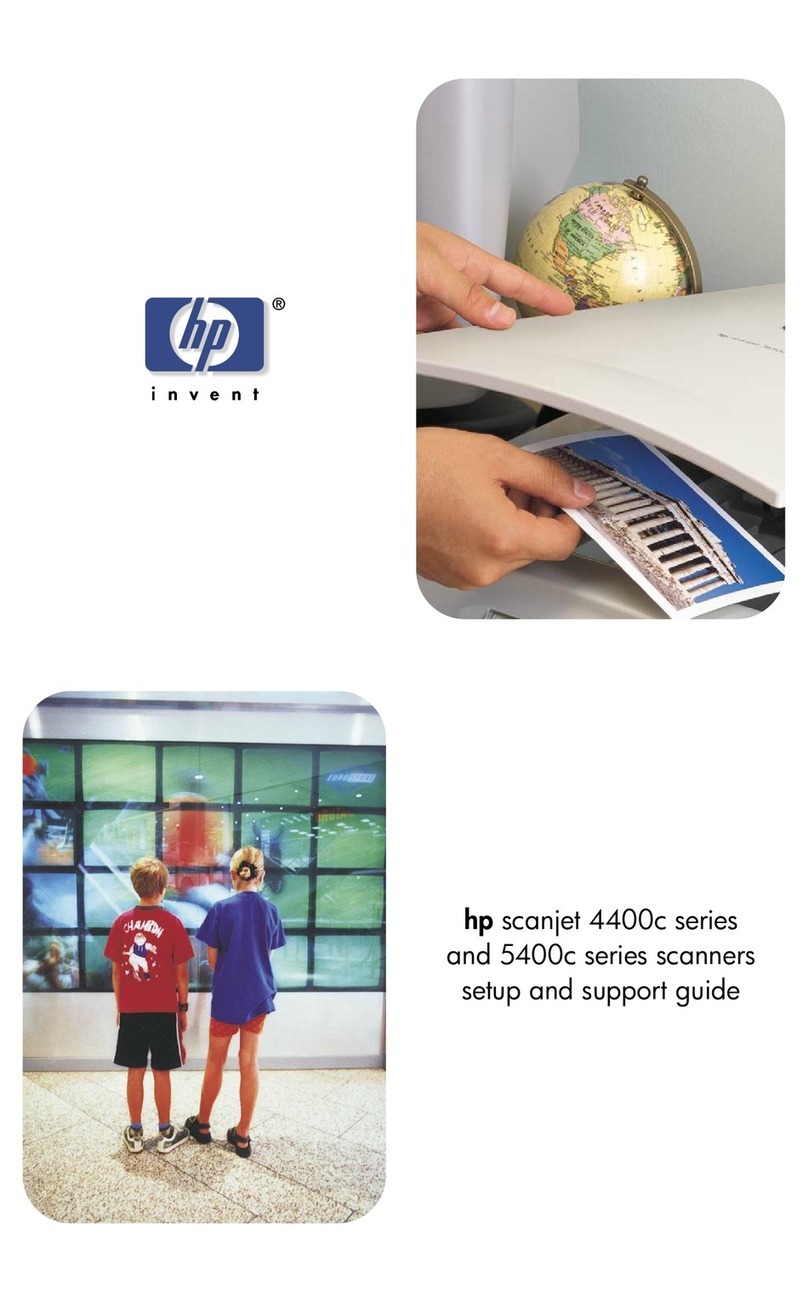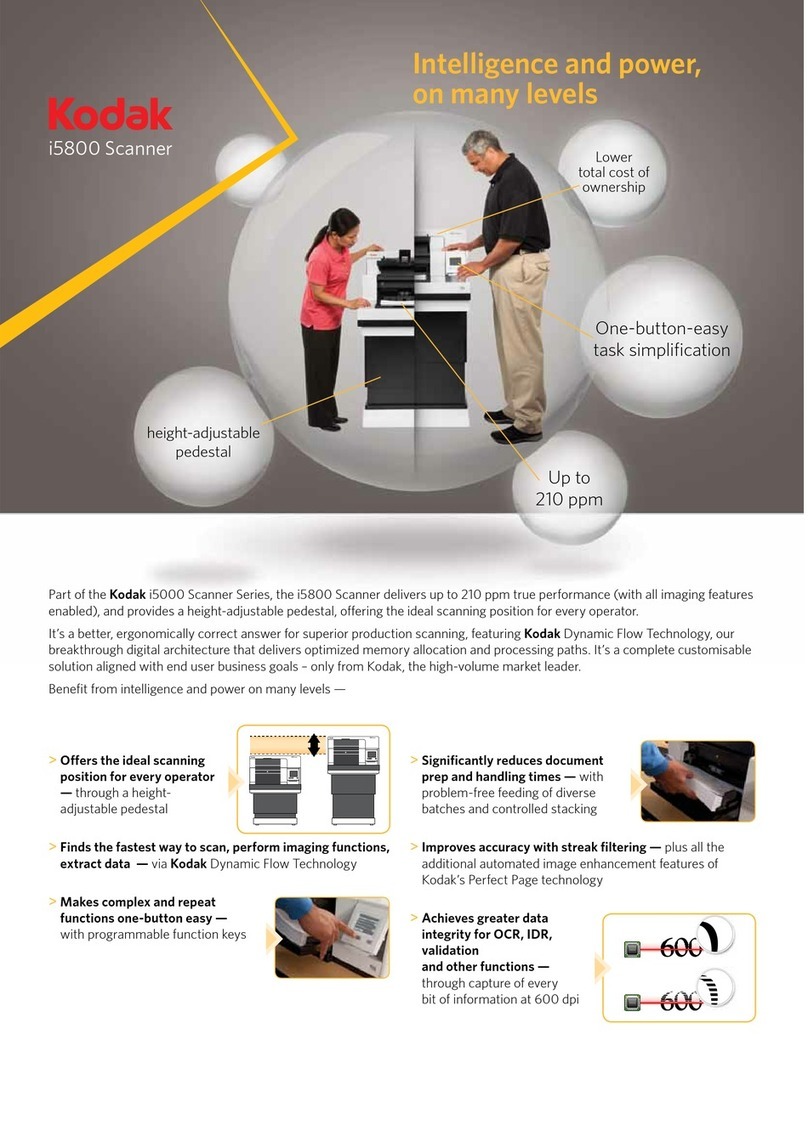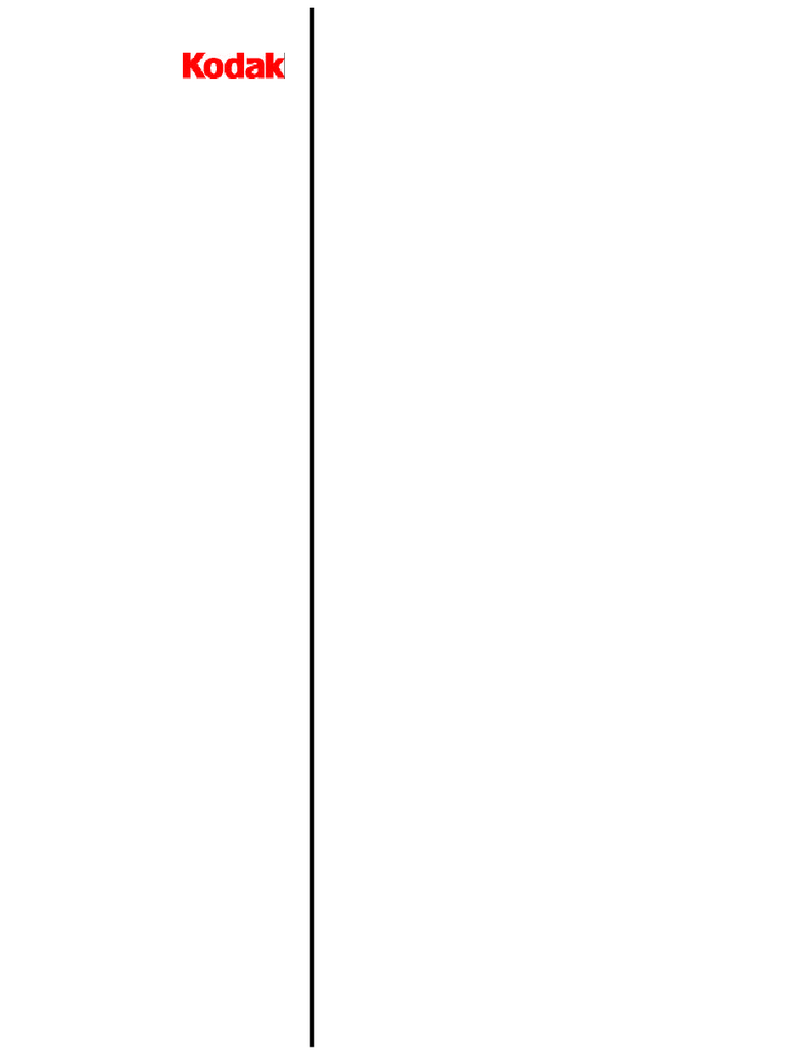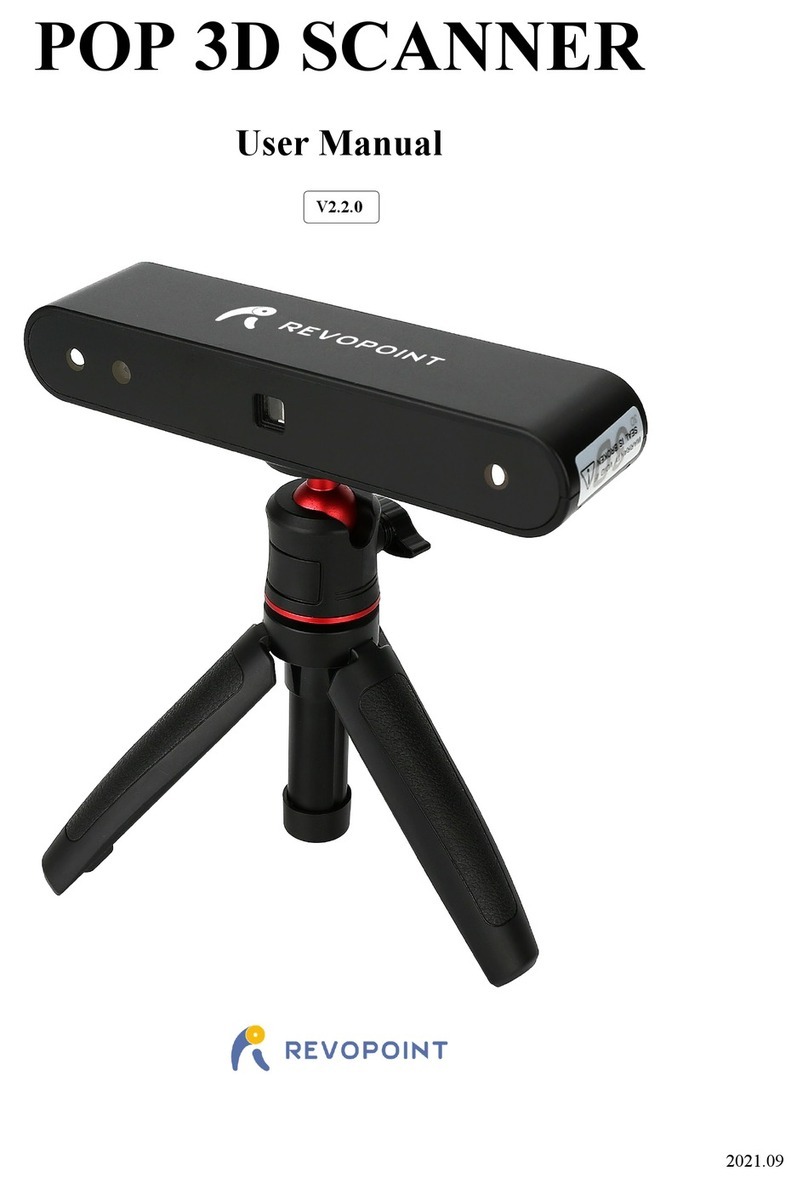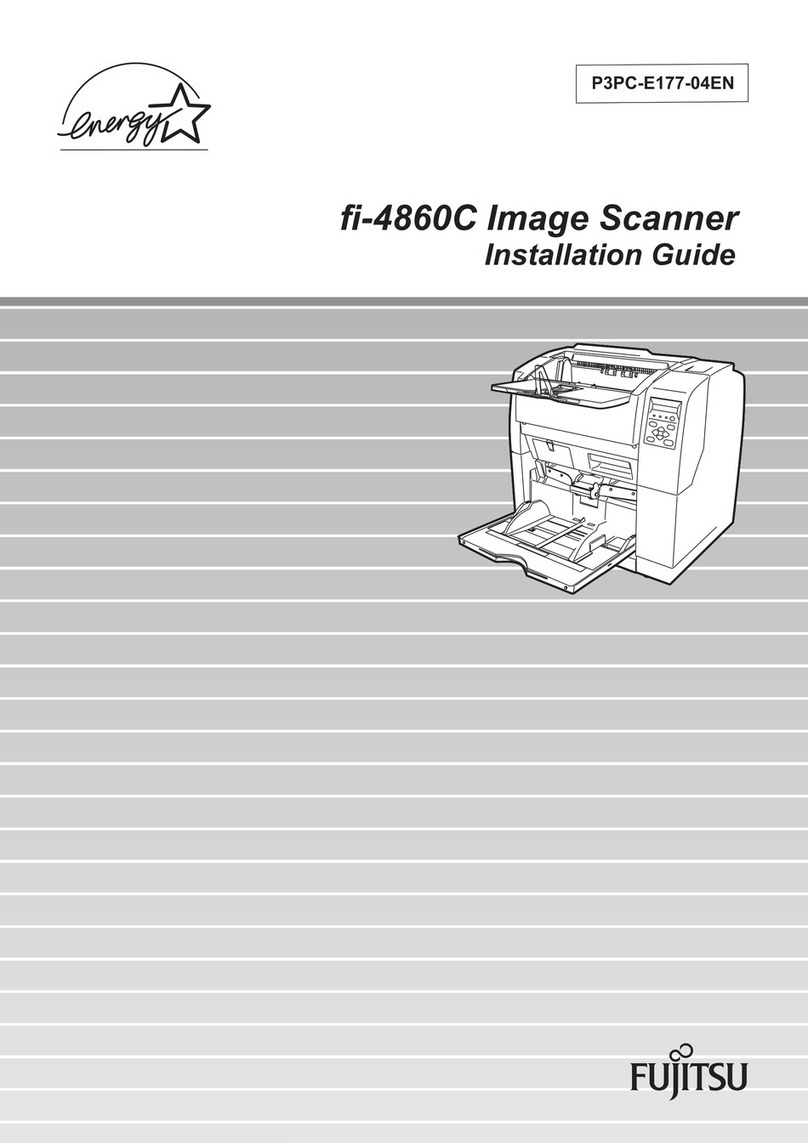Pref ac e 6
About SnapScan
In this Owner’s Guide, the name SnapScan is used for the SnapScan 1212u.
The SnapScan is a one pass flatbed color scanner with a resolution of
600 x 1200 ppi equipped with a cold cathode lamp. It is based on CCD (Charge
Coupled Device) scanning technology. With the SnapScan, you can scan li n e -art ,
gray-scale and color reflective originals up to A4 format.
The scanned data is transferred through the computer’s USB (Universal S e rial
Bus) port. The USB technology makes it easy to install multiple peripherals to
your computer. USB eliminates any need to turn off or restart the computer when
attaching a new peripheral.
SnapScan is a scanner that captures and converts reflective originals (f o r
example pictures, text) into electronic data that can be used in computer
applications. It offers high-resolution image capturing and is an ideal tool in
making presentations come to life.
SnapScan supports multiple scanning modes and includes scanner software to
get you started right away. With its powerful and easy-to-use scanner driver
software, SnapScan gives you easy access to high-quality color scans. The
scanner driver software gives you a number of additional features to create
special effects or to reproduce even the most difficult originals.
The document cover is adjustable: when you put a thick original (like a book or a
magazine) on the reflective glass plate, the document cover adapts to the
thickness of the original.
Environmental Requirements
n Place the scanner on a horizontal, flat surface.
n To ensure proper ventilation, allow a minimum of 10 cm (4 inches) free sp ace
around each side of the scanner.
n Make sure that no vibrations or shocks occur.
n Make sure that the area is free of dust.
n Avoid any contact with water. Do not use your scanner near water or in a
damp environment.
n Your SnapScan is designed to perform at best when the environmental
humidity is between 20% and 85%. Avoid environments where humidity
fluctuations might occur.
nn
nn
Your SnapScan is designed to perform at best when the environmental
temperature is between 10 °C and 40 °C. Avoid exposure to direct sunlight
and heating devices.

